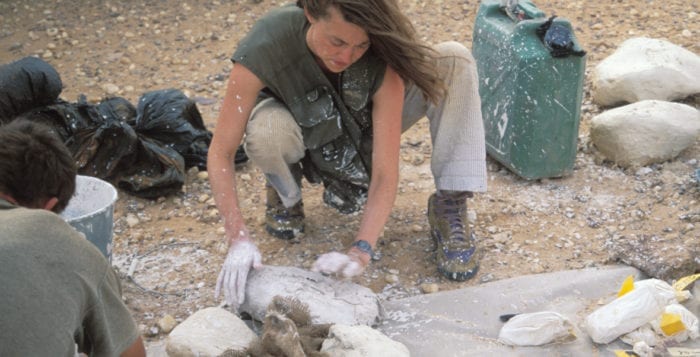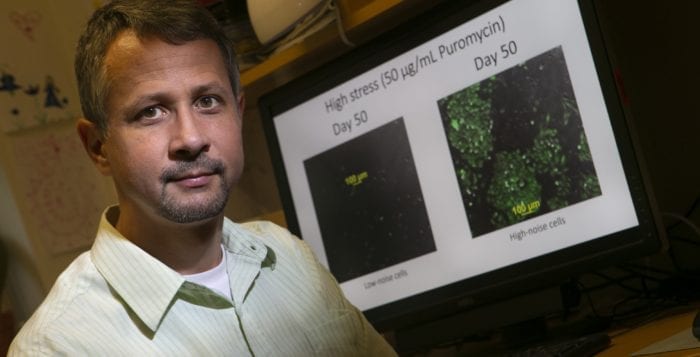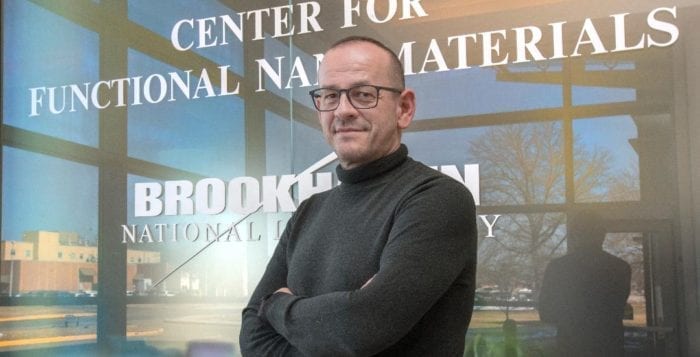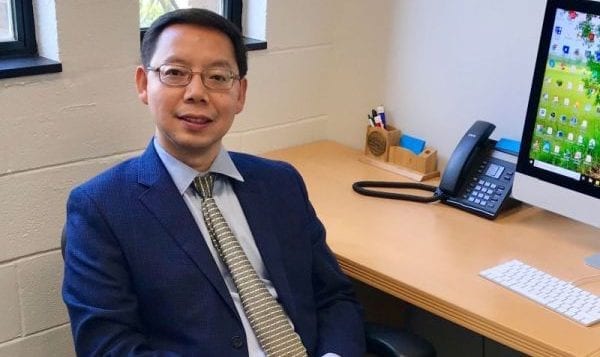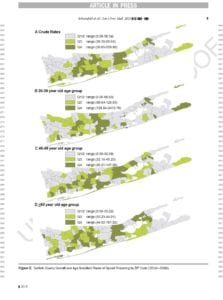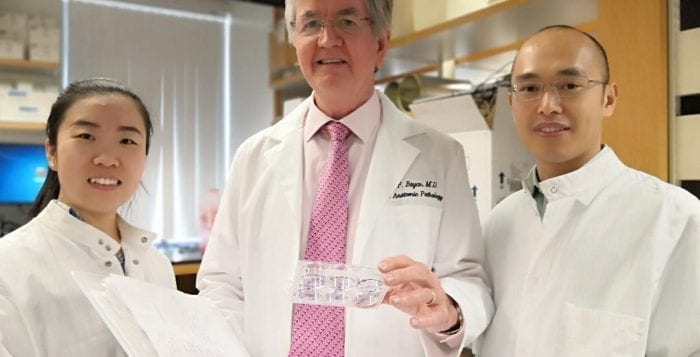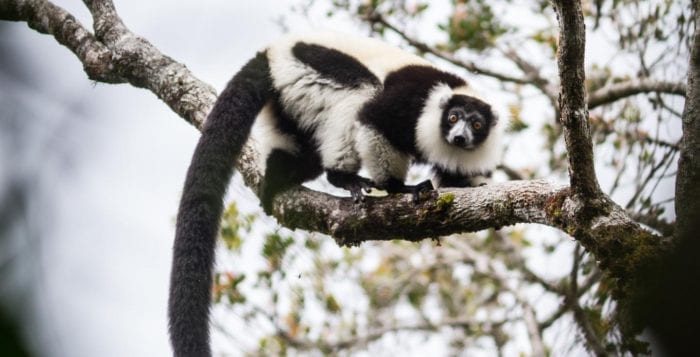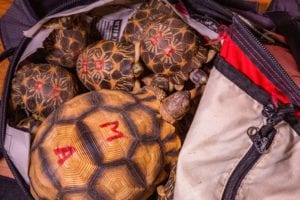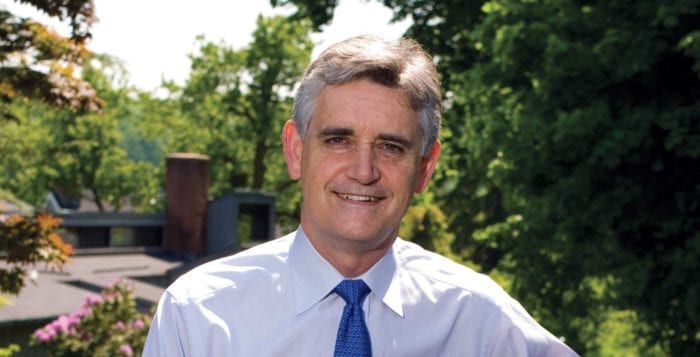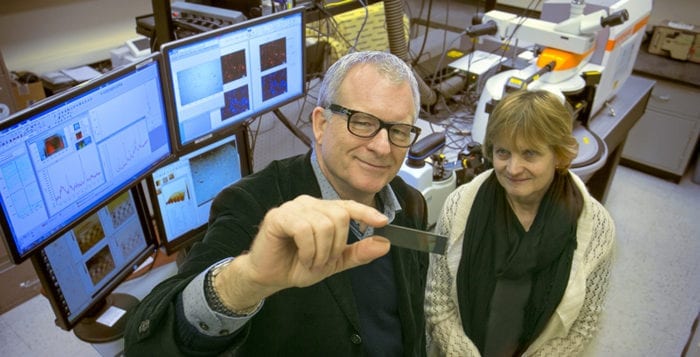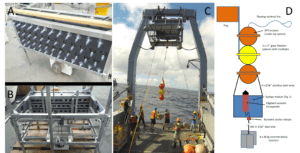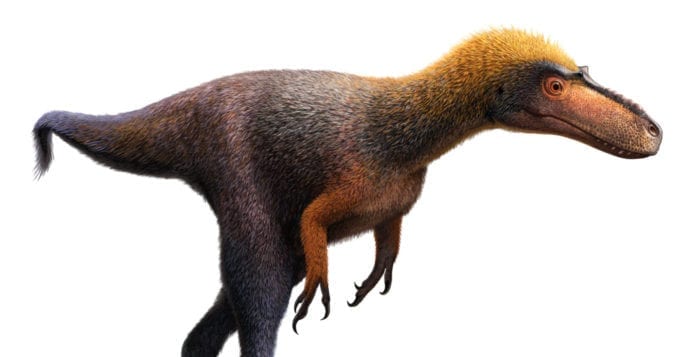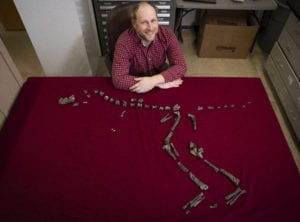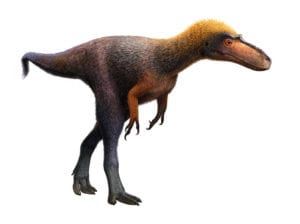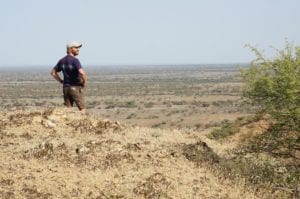By Daniel Dunaief
Mali is filled with challenges, from its scorching hot 125 degree temperatures, to its sudden rainstorms, to its dangers from militant and terrorist-sponsored groups.
The current environment in the landlocked country in West Africa makes it extraordinarily difficult to explore the past in a region that includes parts of the Sahara Desert, but that, at one point millions of years ago, was part of a waterway called the Trans-Saharan Seaway.
Maureen O’Leary, professor of anatomical sciences at the Renaissance School of Medicine at Stony Brook University, led three expeditions to Mali, in 1999, 2003 and 2008, collecting a wide array of fossils and geological samples from areas that transitioned from an inland seaway that was about 50 meters deep on average to its current condition as a desiccated desert.
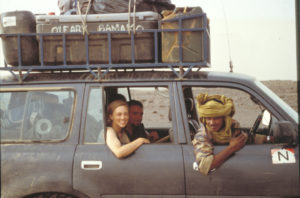
On her third trip, O’Leary quickly left because she decided the trip was too dangerous for her and the scientific team. Rather than rue the lack of ongoing access to the region, however, O’Leary pulled together an international team of researchers from Australia, the United States and Mali to look more closely and categorize the information the research teams had already collected from the region.
“We made the most of a bad situation,” O’Leary said. “It is a silver lining, to some degree.”
Indeed, O’Leary and her collaborators put together a paper for the June 28 issue of the Bulletin of the American Museum of Natural History that is over 170 pages and contains numerous images of fossils, as well as recreations of a compelling region during a period from 100 million to 50 million years ago. This time period coincided with one of the five great prehistoric extinction events, during the Cretaceous-Paleogene boundary.
O’Leary characterized some of the more exciting fossil finds from the region, which include the first reconstruction of ancient elephant relatives and large predators such as sharks, crocodiles and sea snakes.
The size of some of these creatures far exceeds their modern relatives. For example, O’Leary’s scientific colleagues estimate that a freshwater catfish was about 160 centimeters in length, which is four times the total size of a modern catfish. The larger catfish dovetails with similar observations the researchers had made about sea snakes in 2016 and 2017. They started to knit this trend into a preliminary hypothesis in which a phenomenon known as island gigantism may have played a role in selecting for these unusually large creatures.
“Species become bigger in these environments,” O’Leary said, suggesting that other scientists have made similar observations. “It’s not clear what causes that kind of selection.”
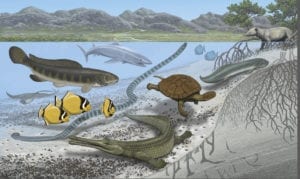
In addition to studying vertebrate and invertebrate fossils, scientists including Eric Roberts at James Cook University in Australia looked at the geology of the region. Roberts helped name and describe many of the formations in the area. This provides context for the lives of creatures who survived in an environment distinctly different from the modern milieu of the Sahara Desert.
Roberts, who is a part of the Sedimentary Geology & Paleontology Research Group that has nicknamed themselves Gravelmonkeys, explained that his initial efforts in Mali came from the fieldwork over a course of weeks when he explored the rock sequences and took copious notes on them.
He suggested that the region still represents a geoscience frontier, in part because it is so difficult to get to, takes serious logistics to do fieldwork and is hard to maintain research.“Over many years, I have worked with collaborators on the project to analyze the samples in many different ways and especially to compare our notes and analytical results with descriptions of rocks and geological formations in other parts of the Sahara and further afield in Africa to understand how they are different and how they correlate,” he said.
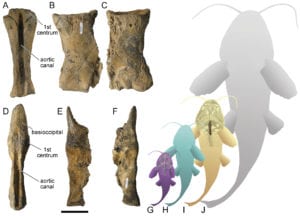 O’Leary suggested that the paper provides some context for climate and sea level changes that can and have occurred. During the period she studied, the Earth was considerably warmer, with over 40 percent of today’s exposed land covered by water. Sea levels were about 300 meters higher than current levels, although the Earth wasn’t home to billions of humans yet or to many of the modern day species that share the planet’s resources.
O’Leary suggested that the paper provides some context for climate and sea level changes that can and have occurred. During the period she studied, the Earth was considerably warmer, with over 40 percent of today’s exposed land covered by water. Sea levels were about 300 meters higher than current levels, although the Earth wasn’t home to billions of humans yet or to many of the modern day species that share the planet’s resources.
Robert Voss, the editor-in-chief of the series at the American Museum of Natural History, praised the work for its breadth. “This was an unusually large and multidisciplinary author team, as appropriate for the broad scope of the report,” he explained .
“Seldom is such a large geographic area so poorly known paleontologically, so there was a unique opportunity here to break new ground and establish a broad framework for future work,” he added.
Voss described O’Leary as a “force of nature” who “responds constructively to peer reviews.” Roberts, too, appreciated the effort O’Leary put into this work.
O’Leary “drove the entire process and product,” which was only possible with someone of her “vision to wrangle so much science from so many different scientists into one place,” he offered in an email.
Roberts is very pleased with the finished product and added that it is “something that I will be proud of for the rest of my career. This took a lot of effort over the years and it great to see the end product.”
 O’Leary said that much of the literature for the science in Mali was in French, which had kept it a bit below the radar for scientific discourse, which tends to be in English.
O’Leary said that much of the literature for the science in Mali was in French, which had kept it a bit below the radar for scientific discourse, which tends to be in English.
Indeed, O’Leary was able to facilitate conversations among the many people involved in this project because French was the common denominator language. She studied French at the Holton-Arms School in Bethesda, Maryland. “When I was sitting in my high school French class, I didn’t think it would come in so handy to be fluent in French” in her career, O’Leary said. “It was helpful as a female leader in this situation to be able to speak for [myself], whether speaking to other Americans or collaborating or working with guards.”
O’Leary plans to look at different projects in the United States, including in Puerto Rico, and in Saudi Arabia next. “We now have this synthetic story for Mali [and will be] building out from this to other areas. I anticipate a large time to ramp up to study areas like deposits in Nevada.”

